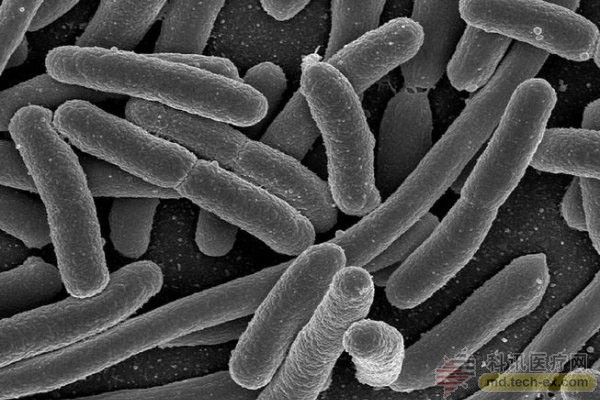
CRISPR/Cas9 is a magical universal tool. The cheap and easy-to-use molecular editing system that emerged a few years ago has many uses, including genetic engineering, RNA editing, disease modeling, and retroviruses against HIV. Now, it can also turn a humble microbe into a veritable hard drive.
In fact, scientists have done this before, but at the time they used a completely artificial approach from beginning to end. In previous experiments, scientists coded information into a DNA sequence for DNA synthesis, and all information was retained outside the scope of living organisms. In the new study. Geneticists Seth Shipman and Jeff Nivala led the Harvard research team to store DNA data in a completely different way.
“We wrote the information directly into the genome,†Nivala said. “Compared to the fully synthetic DNA data storage system capacity, we are currently able to store less overall DNA data, but we believe that genome-based information storage is made up of many potential Advantages." In his view, these advantages include higher fidelity and the ability to directly interact with the creature. For example, scientists can teach a bacteria to identify, provide information, or even kill other microbes inside it, or provide a record of gene expression. Nivala said: "We can store about 30-100 bytes of information, which is already very high compared to the previous capacity of about 11 bytes."
To do this, the researchers used the bacteria's built-in immune system in the form of CRISPR to write the data directly into the genome of the bacterial cell. This allows the modified bacteria to pass this customized information to its next generation, making this form of biometric data storage efficient and powerful.
Shipman and Nivala borrowed the bacteria's built-in immune system to achieve this. Whenever a virus attacks a bacterium, CRISPR will diligently record the event in the DNA, and when the bacterium is again attacked by the virus, it can find the event. And the way it does this is to store the DNA of the viral strain directly, which is called the gene spacer. Researchers want to know if these spacers will be added to a particular sequence and generate a timeline.
They found that the time sequence of such spacers can form the basis of molecular recording equipment. In the experiment, the looser DNA fragment was injected into E. coli with CRISPR/cas9. Some of these DNA fragments are not randomly selected. These fragments containing specific data strings (ie, A\T\C\G specific letter sequence combinations) are carefully selected by scientists. Once these fragments are introduced into the bacteria, the bacteria systematically integrate them in a coherent linear manner to reflect the order in which they are introduced.
Scientists have only added a few spacers to demonstrate their theory, and in the case where other compartments are available, the potential combinations are surprising.
Nivala said: "These experiments laid the foundation for the development of a recording system that can be used to monitor molecular events over long periods of time. For example, in the end, it can help us understand what is wrong with the genetic conditions of a cell from health to disease. Etc. Or it can also be used to record information about the external environment of the cell, such as the presence of specific chemicals, toxins and pathogens."
The team will further enhance the system so that the data can be stored entirely in a single cell, rather than having to encode and decode the information with a bunch of cells.
Medical Cold Patch
Patch for diarrhea
[Name] Medical Cold Patch
[Package Dimension] 5cm 4pieces/box
The pain relief patch is composed of three layers, namely, backing lining, middle gel and protective film. It is free from pharmacological, immunological or metabolic ingredients.
[Scope of Application] For cold physiotherapy, closed soft tissue only.
[Indications]
The patches give a fast relief for diarrhea.
[How To Use a Patch]
Please follow the Schematic Diagram. One piece, one time.
The curing effect of each piece can last for 6-8 hours.
[Attention]
Do not apply the patch on the problematic skin, such as wounds, eczema, dermatitis,or in the eyes. People allergic to herbs and the pregnant are advised not to use the medication. If swelling or irritation occurs, please stop using and if any of these effects persist or worsen.notify your doctor or pharmacist promptly. Children using the patch must be supervised by adults.
[Storage Conditions]
Store below 30c in a dry place away from heat and direct sunlight.
Patch For Diarrhea,Medicated Patches For Arthiritis,Plaster For Diarrhea,Pad For Diarrhea
Shandong XiJieYiTong International Trade Co.,Ltd. , https://www.xjpatches.com
